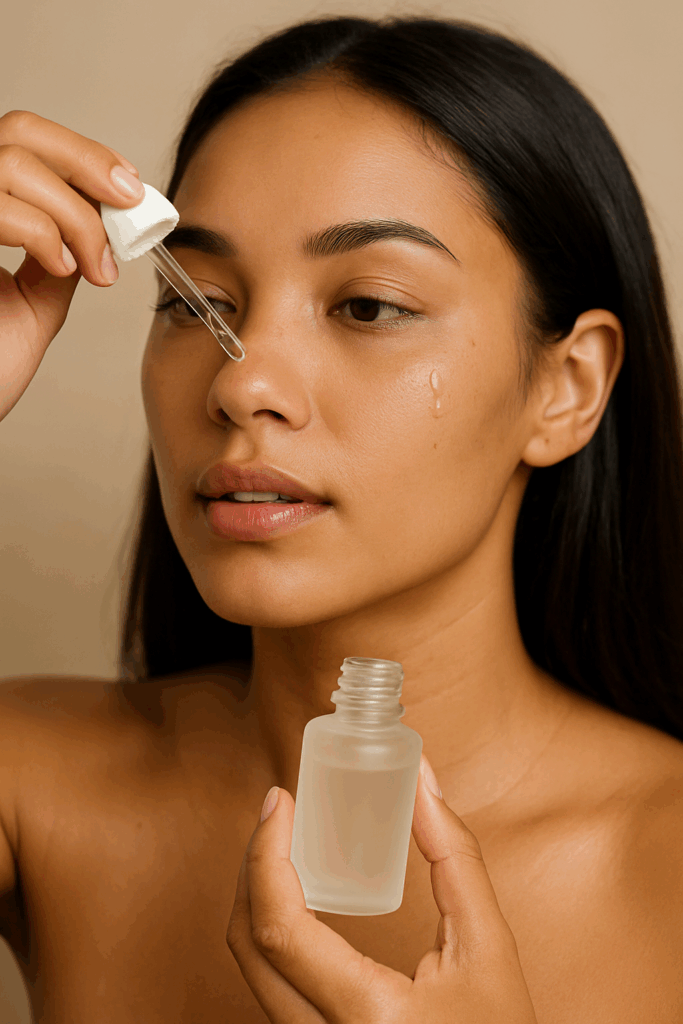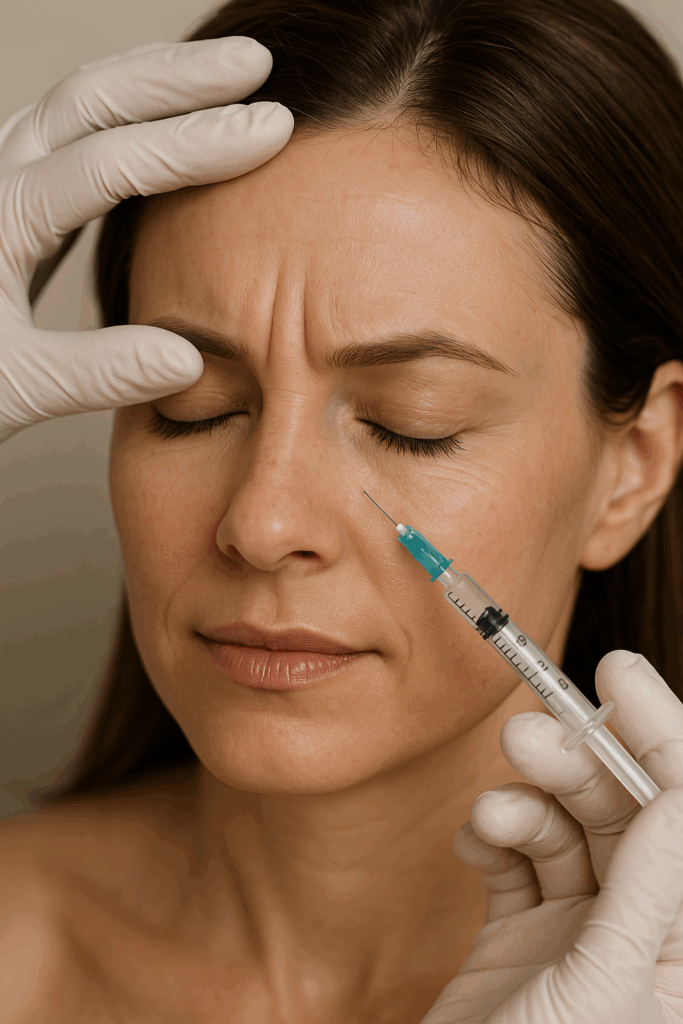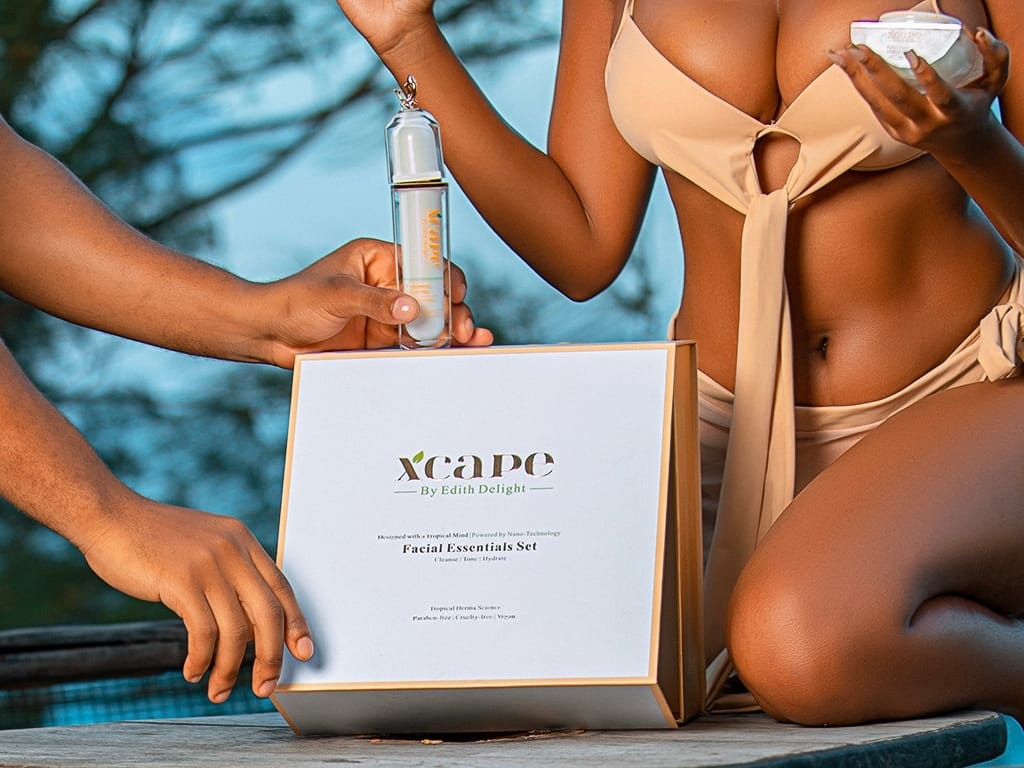Curious about NAD and your skin? You’re not alone; searches for “NAD skin” are skyrocketing as more people look for science-backed ways to achieve youthful, resilient skin. Longevity is becoming such a popular, buzzy term and NAD is one of the actives core to the longevity movement. Below, you’ll find clear, honest answers to the most searched questions about NAD skin benefits, grounded in real clinical evidence.
1. What is NAD for your skin?
Nicotinamide adenine dinucleotide (NAD⁺) is an essential molecule present in every skin cell. NAD⁺ acts as a fuel for your cells. It powers cells, repairs DNA damage (like from sun exposure), and activates “longevity enzymes” (such as sirtuins and PARPs). Unfortunately, NAD⁺ levels naturally drop as we age, slowing down repair, weakening the skin barrier, and contributing to visible signs of aging.

2. Is NAD better than collagen?
Topical collagen mostly acts as a moisturizer. It hydrates and smooths, but cannot stimulate new collagen production due to its large molecular size (it doesn’t penetrate skin). In contrast, NAD⁺ boosters, especially niacinamide, work at a deeper, cellular level, energizing cells, activating repair pathways, and supporting natural collagen production.
3. Does NAD+ reduce wrinkles?
Yes, when delivered effectively! Multiple clinical trials on niacinamide, a vitamin B₃ derivative and NAD⁺ precursor, have shown significant reductions in fine lines and wrinkles, improved skin elasticity, and enhanced hydration after 12 weeks. Niacinamide reliably increases skin NAD⁺, powering repair and barrier function. However, direct studies on topical NAD⁺ are limited. There are no studies that show improvements in fine lines and wrinkles, but they do show improvements in texture and barrier health. In the NAD family, the best wrinkle-fighting results are consistently seen with niacinamide.

4. Is NAD just vitamin B3?
Not exactly. NAD⁺ is made from vitamin B₃ precursors like niacinamide (nicotinamide) and niacin (nicotinic acid). While both can be converted to NAD⁺ in your cells, NAD⁺ itself is its own, more complex molecule. It performs unique functions in energy production and DNA repair. So, vitamin B₃ helps make NAD⁺, but they’re not interchangeable molecules.
5. What are the side effects of NAD?
NAD⁺ and its topical boosters are generally very safe. Clinical trials report minimal irritation, even for sensitive or rosacea-prone skin. In a clinical trial, a topical NAD⁺ ointment caused no irritation in studies. Niacinamide is one of the gentlest actives available. IV infusions of NAD⁺ are becoming more popular. Some people reported temporary flushing, nausea, or lightheadedness (usually if infused too quickly), but these effects resolved quickly. No long-term or serious adverse effects are reported for topical or injectable NAD⁺ in healthy adults.

6. What is the best NAD for aging?
Niacinamide, vitamin B₃ is the gold-standard NAD⁺-boosting skincare ingredient. It has the strongest clinical evidence for anti-aging, consistently improving wrinkles, tone, elasticity, and skin barrier function in human trials. NMN and NR (next-generation NAD⁺ precursors) are being explored, but niacinamide remains the most proven option for boosting NAD⁺ and fighting skin aging.







